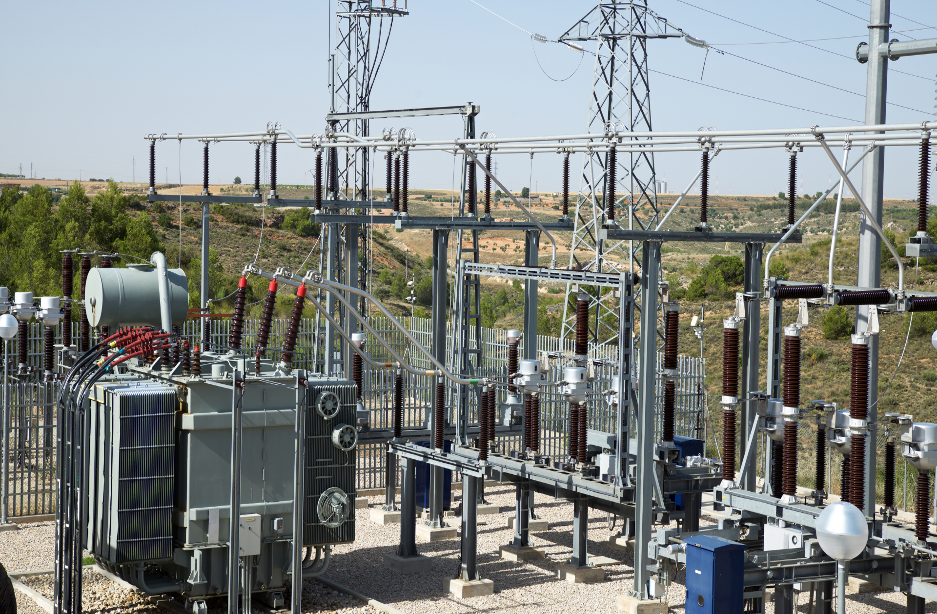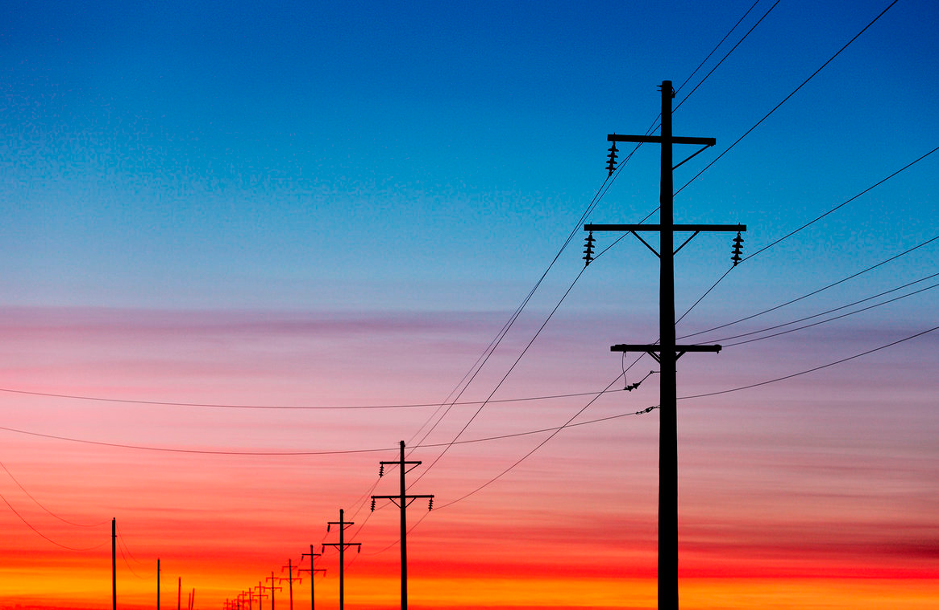One of the most important and primary requirements in the design of the extra high voltage (EHV) / Ultra high voltage (UHV) system is the determination of expected overvoltages on the various lines / cables and buses constituting the system thereby deciding the appropriate protective devices to suit the particular characteristics of substation layout.
The objective of insulation coordination study is to verify that the already selected equipment are appropriate and it satisfies the performance criteria required for overvoltages, switching surge and overvoltage caused by lightning.
Insulation Coordination study is carried out in accordance with the methodology and guidelines outlined in IEEE standard 1313.2-1999, IEC 71-2, IEC 71-4, CIGRE WG 33.01, CIGRE WG D1.03 recommendations and IEEE technical papers presented in various forums.
The following overvoltage studies are done:
- Lightning Overvoltage (Fast front overvoltage)
- Switching Overvoltage (Slow front overvoltage)
- Temporary Overvoltage (Power frequency overvoltage)
- Very Fast Transients Overvoltage or VFTO (Very fast front overvoltage)
LIGHTNING OVERVOLTAGES
The overvoltages in the substation depend upon the amplitude and shape of overvoltage impinging the substation from the overhead line conductor as well as the travelling wave behavior on the substation itself. The most important parameters of impinging overvoltages are its steepness and the separation distance between the surge arrester and the protected equipment. For insulation co-ordination studies, lightning is assumed to hit a nearby tower or the shield wire of the incoming line causing a back flashover. The resultant lightning surge enters the substation and propagates inside depending upon the substation layout. These overvoltages will provide the data required for detailed arrester specifications.
i) SHIELDING FAILURE
Lightning surge also may enter a substation by direct stroke on any of the phases. Shielding failure correspond to those direct strokes to the phase conductors of a shielded transmission line which occur typically when lightning strokes of low magnitude (a few kA) bypass the overhead shield wires.
ii) BACK FLASHOVER
An event of greater concern is back flashovers. Back flashover occurs in transmission lines during lightning, when the potential of the tower rises with respect to the conductor. This causes voltage across the insulator to rise beyond the limits resulting in a flashover. The severity of the overvoltage waves depends upon the magnitude and the steepness of the lightning stroke current.
SWITCHING OVERVOLTAGES
Switching overvoltages (SOV) are generated when a circuit is energized, reenergized or opened by a GIS circuit breaker and disconnector switch operations. But it is easily limited by re-strike free operation of GIS circuit breakers and shunt reactors. A satisfactory protection against switching surges will normally be obtained if the GIS are well protected against lightning overvoltages.
TEMPORARY OVERVOLTAGES
Temporary overvoltages (TOV) can originate from faults, switching operations such as load rejection, resonance conditions, and nonlinearities or by a combination of these. IEEE Standard 1313.1-1996 defines temporary overvoltages as an “oscillatory phase-to-ground or phase-to-phase overvoltage of relatively long duration at a given location and that is undamped or only weakly damped” [12]. These temporary overvoltages are characterized by the parameters such as amplitude, the oscillation frequency, total duration, etc.
VERY FAST TRANSIENT OVERVOLTAGE
Very fast transient overvoltages (VFTO) arise within a GIS any time there is an instantaneous change in voltage. Most often this change occurs as a result of the opening or closing of a disconnector switch (DS). Other events, such as the operation of a circuit breaker (CB), the occurrence of a line-to-ground fault or the closing of an earthing switch can also cause VFTO. However, during a DS operation a high number of re-strikes and pre-strikes occur due to the low operating speed of DS compared to a circuit- breaker. Therefore, DS switching is the main source for generating VFTO.






